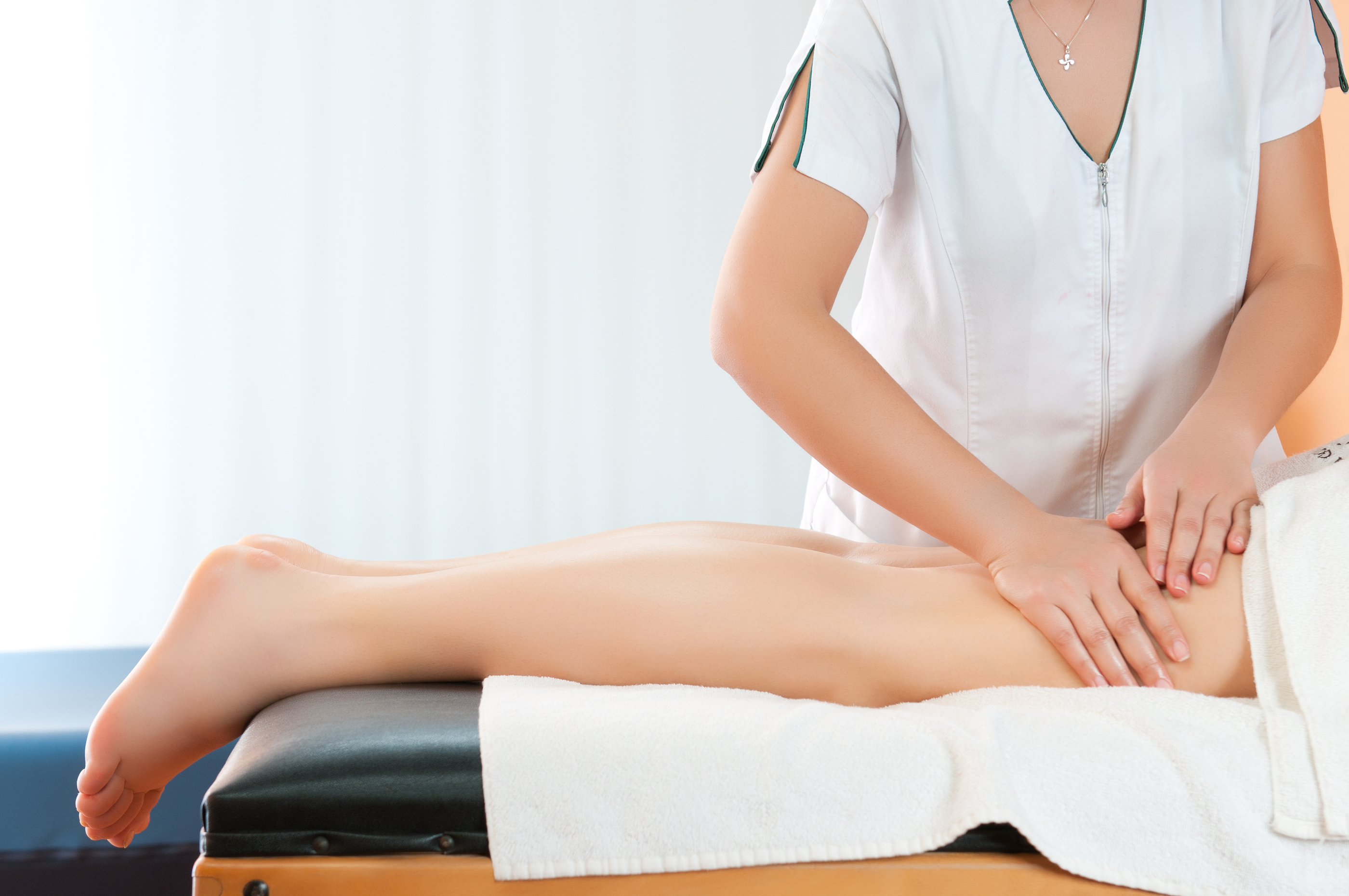Our skin is the largest living organ in the body, so it’s not surprising that nearly 90 per cent of women suffer from cellulite some time in their lives.

Cellulite is a cosmetic condition that can affect men or women, even if they’re slim and fit – however, there are many myths as to what cellulite is and how to treat it.
What is it?
Cellulite is a cosmetic condition, where lumps and dimples form in the skin, usually around the thighs and buttocks.
Some of the more common names associated with cellulite are hail damage, orange-peel skin, the mattress phenomenon and cottage-cheese skin.
A 2009 severity scale ranked cellulite by mild, moderate or severe.
According to the experts at House Call Doctor, mild or grade 1 cellulite is where the skin has an orange-peel and sagging appearance with one to four superficial depressions.
Moderate or grade 2 cellulite is where the skin has a cottage cheese appearance with five to nine medium-depth depressions.
Severe or grade 3 cellulite is where there is 10 or more deep impressions and the skin has a mattress appearance.
The overall cause of cellulite is still unknown, however there are some factors that are connected to having cellulite:
- Age and hormones: Theories suggest that hormones including estrogen, noradrenaline, insulin, prolactin and thyroid, all play a part in producing cellulite. Other research found that age to the skin can also cause cellulite as it becomes less elastic, more likely to sag and is thinner.
- Diet and lifestyle choices: Eating lots of carbohydrates, fat and salt and not enough fibre, increases the chance of having larger amounts of cellulite. Smokers, people who don’t exercise, and those who sit or stand for long periods have greater chances as well.
- Genetics: Genetics can play a big role in the formation of cellulite. For instance, genetics can be connected to circulatory levels, metabolism, ethnicity and distribution of fat under the skin, which all have an affect of producing cellulite.
Common cellulite myths
There are many myths that surround cellulite, these include:
- Only affects women: A common myth is that cellulite only affects women. This is false. Women are more prone to cellulite because they carry more fat around their hips, thighs and buttocks areas. They also have less supporting tissue that can keep it in place.
- Toxins are the reason for cellulite: Cellulite is not caused by toxins however, many over-the-counter medications or products claim to ‘cure’ the condition by removing impurities. This has not been proven by science.
- Skin-firming creams cure cellulite: Research has found that no topical creams permanently reduce cellulite. Although, products containing retinoids might decrease the appearance of cellulite temporarily, by creating a thicker layer of skin that hides lumps and bumps.
How do you treat cellulite?
There are many creams that can help treat cellulite – however, finding the best and most effective may be a complicated process.
There are some other procedures that reduce the appearance of cellulite. This is done by breaking up the bands of connective tissue under the skin’s surface, although most of these methods are only temporary.
These can include subcision, laser treatments, acoustic wave therapy, carboxytherapy, endermologie, ionithermie and even radiotherapy. Caffeine can also be applied to the skin, as it dehydrates the cells.
Cellulite is a natural part of life and getting rid of it can be difficult or harmful. So, consult with your doctor to find the best course of treatment to help with cellulite.
